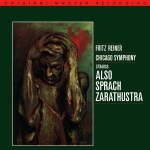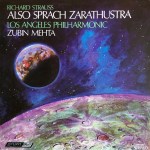
More of the music of Richard Strauss (1864 – 1949)
Reviews and Commentaries for the Music of Richard Strauss
Sonic Grade: C
A very good performance, with passable sonics.
But passable sonics are not going to cut it at the prices we charge.
Unlike many audiophiles and the reviewers who write for them, we have never been enamored with the recordings of Zubin Mehta and the LA Philharmonic.
They almost always suffer from exactly the same problems that we heard on this album. We had about five copies on hand in preparation for a shootout, some of which I had noted seemed to sound fine, but once we listened more critically we started to hear the problems that eventually caused us to abandon the shootout and give away the stock to our good customers for free.
Here is what my notes say:
By the way, if you do have some of these and want to play them, the 4G side two was the best we played, much better than any 6G side two.
This is our current favorite recording of the work.
Opacity Vs. Transparency
Note that we have been especially anti-heavy vinyl in our recent commentaries for their consistently opaque character, the opposite of what is necessary in order to hear into the music, deep into the soundstage, to see and hear ALL the instruments, even the ones at the back.
Try that with any Classic Record or Speakers Corner pressing. Our Hot Stamper pressings can show you precisely what you have been missing all these years if you have been collecting and playing releases from those labels and others like them.
Size and Space
One of the qualities that we don’t talk about on the site nearly enough is the SIZE of the record’s presentation. Some copies of the album just sound small — they don’t extend all the way to the outside edges of the speakers, and they don’t seem to take up all the space from the floor to the ceiling. In addition, the sound can often be recessed, with a lack of presence and immediacy in the center.
Other copies — my notes for these copies often read “BIG and BOLD” — create a huge soundfield, with the music positively jumping out of the speakers. They’re not brighter, they’re not more aggressive, they’re not hyped-up in any way, they’re just clearer.
We often have to go back and downgrade the copies that we were initially impressed with in light of such a standout pressing. Who knew the recording could be that huge, spacious and three-dimensional? We sure didn’t, not until we played the copy that had those qualities, and that copy might have been number 8 or 9 in the rotation.
Think about it: if you had only seven copies, you might not have ever gotten to hear a copy that sounded that open and clear. And how many even dedicated audiophiles would have more than one of two clean British copies with which to do a shootout? These records are expensive and hard to come by in good shape. Believe us, we know whereof we speak when it comes to getting hold of British pressings of Classic Rock albums.
One further point needs to be made: most of the time these very special pressings just plain rock harder. When you hear a copy do what this copy can, it’s an entirely different – and dare I say unforgettable — listening experience.
(more…)

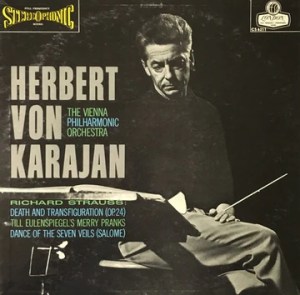
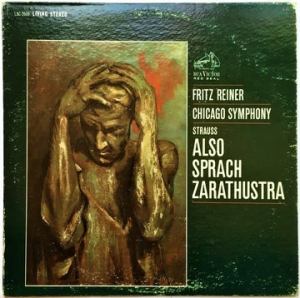



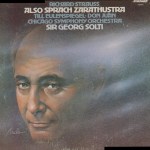

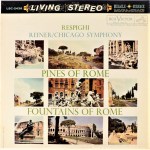 Around 2016 we surveyed the recordings of the work we had on hand, close to a dozen different performances I think, and found them all wanting, save three: the Reiner (which is still on the
Around 2016 we surveyed the recordings of the work we had on hand, close to a dozen different performances I think, and found them all wanting, save three: the Reiner (which is still on the

